|
Tao Te Ching
THE TAOISM OF LAO TZU
|
The Book: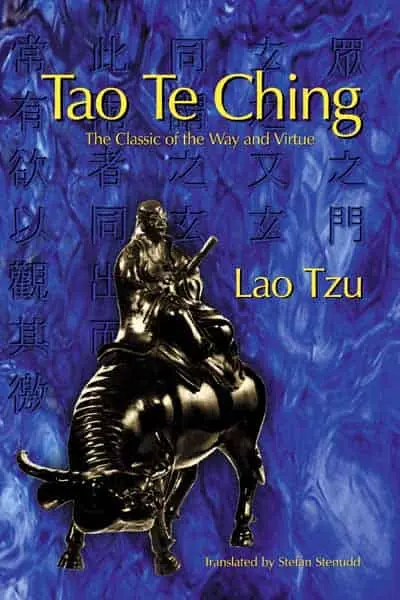
|
The Book
The Taoism of Lao Tzu Explained. The great Taoist philosophy classic by Lao Tzu translated, and each of the 81 chapters extensively commented. Click the image to see the book at Amazon (paid link). |
This translation of the text focuses on the clarity and simplicity by which Lao Tzu expresses his fascinating cosmology and profound ethics. This is an uncommented edition. For the same translation commented and thoroughly explained, see:
Tao Te Ching Explained
Stefan Stenudd, the translator, is a Swedish writer of both fiction and non-fiction. As a historian of ideas, he studies the thought patterns in creation myths around the world. He is also a high-grade instructor of the peaceful martial art aikido, which he has practiced since 1972.
How to get the book
If you want to buy the book, you can do so at most Internet bookstores. Click the image below to see the book at Amazon (paid link). The link takes you to your local Amazon store (or to Amazon.com).

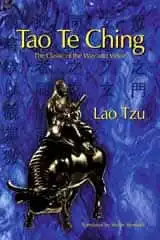
Tao Te Ching: The Classic of the Way and Virtue.
by Lao Tzu, Arriba 2011
Paperback, 108 pages
ISBN: 978-91-7894-052-3
Table of Contents
Foreword 7Tao, the Way 11
Te, the Virtue 51
Literature 99
Foreword
Lao Tzu is the legendary writer of the Tao Te Ching, The Classic of the Way and Virtue. He is supposed to have lived in the 6th Century BC. Experts disagree on whether he ever existed or not. The Tao Te Ching might be a compilation of separate texts and sayings, without one single author. But then again, it could also be that one man's work.The name Lao Tzu is honorific. It means Old Master and has also been used traditionally as a title for the Tao Te Ching. It is still in such use among many scholars.
The oldest manuscript of the book found so far is that from Kuo-tien (Guodian), dated to around 300 BC. It is far from complete, but its existence proves that the text appeared no later than in the 4th century BC.
The oldest almost complete versions of the book are the two manuscripts found in Ma-Wang-tui (Mawangdui), from around the year 200 BC, one slightly older than the other. All other manuscripts are significantly younger.
The most widely spread and used version of the Tao Te Ching has for many centuries been the one included in the comments to the text made by Wang Pi, who lived in the 3rd century CE.
The Tao Te Ching is the foremost and oldest text on Taoism. Originally, it had no division into 81 chapters. This was introduced later, probably in the 1st century BC. For most of the book, it is quite obvious and easily defended, but a few chapters have been questioned. A line or two might seem more appropriate in the previous or following chapter, and some chapters might make more sense if split in two. The number of chapters was established to create the symbolic symmetry of 9 X 9.
Already in the Ma-Wang-tui manuscripts, the book had two parts — although in both those manuscripts the order of them was reverse to the presently accepted form. The book's name is derived from these two parts. The first one starts with the word Tao, the Way, and the second part with Te, virtue (actually the expression "highest virtue").
Most of the chapters are rhymed. This was easily accomplished in the Chinese language and with its generous rules for what is considered a rhyme. Translations into other languages rarely try the same, at least not those produced since a couple of decades into the 20th century.
There have been countless translations of the Tao Te Ching. In the Western world, the first one was made by the French priest Francois NoŽl in the beginning of the 18th century. It was in Latin and passed unnoticed. The first printed version was the French one by Stanislas Julien in 1842. In English, James Legge was the first in 1891. Already by the turn of the century, many other translations into several languages had followed.
Chinese words are transcribed to Western languages in different ways. English Tao Te Ching versions mostly use the Wade-Giles system. Lately, the pinyin system, introduced by the Chinese government in the 1950s, is increasingly used — certainly for modern texts, but also to some extent for the Chinese classics.
Tao Te Ching is the Wade-Giles spelling. In pinyin it would be Daodejing. Lao Tzu is spelled Laozi in pinyin, but there have also been several other ways of spelling his name, for example Lao Tsu and Lao Tse.
The following translation of the Tao Te Ching is mainly based on these versions: Wang Pi (Wang Bi in pinyin), the two manuscripts of Mawangdui, and that of Guodian. A great number of translations into Western languages, mostly but not only English, have also been consulted.
In the following, the 81 chapters are completely uncommented. I have also published this translation of Lao Tzu's text in a book including comments and explanations: Tao Te Ching. The Taoism of Lao Tzu Explained (2011). For other versions of the Tao Te Ching, see the list of literature that ends this book.
Stefan Stenudd
July, 2011
July, 2011
My Taoism BooksClick the image to see the book at Amazon (paid link).
The Taoism of Lao Tzu Explained. The great Taoist philosophy classic by Lao Tzu translated, and each of the 81 chapters extensively commented. |
About Cookies
My Other Websites:
I Ching Online
The 64 hexagrams of the Chinese classic I Ching and what they mean in divination. Try it online for free.
Qi Energy Exercises
The ancient Chinese life energy qi (chi) explained, with simple instructions on how to exercise it.
Life Energy
The many ancient and modern life force beliefs all over the world explained and compared.
Taoismen på svenska
Other Books by Stefan Stenudd
Click the image to see the book at Amazon (paid link).
 Cosmos of the Ancients
Cosmos of the Ancients
The Greek philosophers and what they thought about cosmology, myth, and the gods.
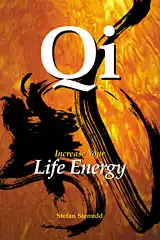 Qi — Increase Your Life Energy
Qi — Increase Your Life Energy
The life energy qi (also chi or ki) explained, with exercises on how to awaken, increase and use it.
 Aikido Principles
Aikido Principles
Basic concepts of the peaceful martial art. Aikido principles, philosophy, and fundamental ideas.
 Life Energy Encyclopedia
Life Energy Encyclopedia
Qi, prana, spirit, ruach, pneuma, and many other life forces around the world explained and compared.
 Archetypes of Mythology
Archetypes of Mythology
Jungian theories on myth and religion examined, from Carl G. Jung to Jordan B. Peterson.
 Stefan Stenudd
Stefan Stenudd
About me
I'm a Swedish author and aikido instructor. In addition to fiction, I've written books about Taoism and other East Asian traditions. I'm also an historian of ideas, researching ancient thought and mythology. Click the image to get to my personal website.Contact
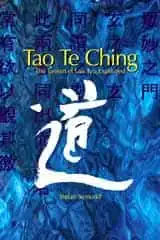 Tao Te Ching
Tao Te Ching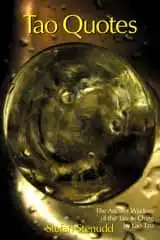 Tao Quotes
Tao Quotes Fake Lao Tzu Quotes
Fake Lao Tzu Quotes